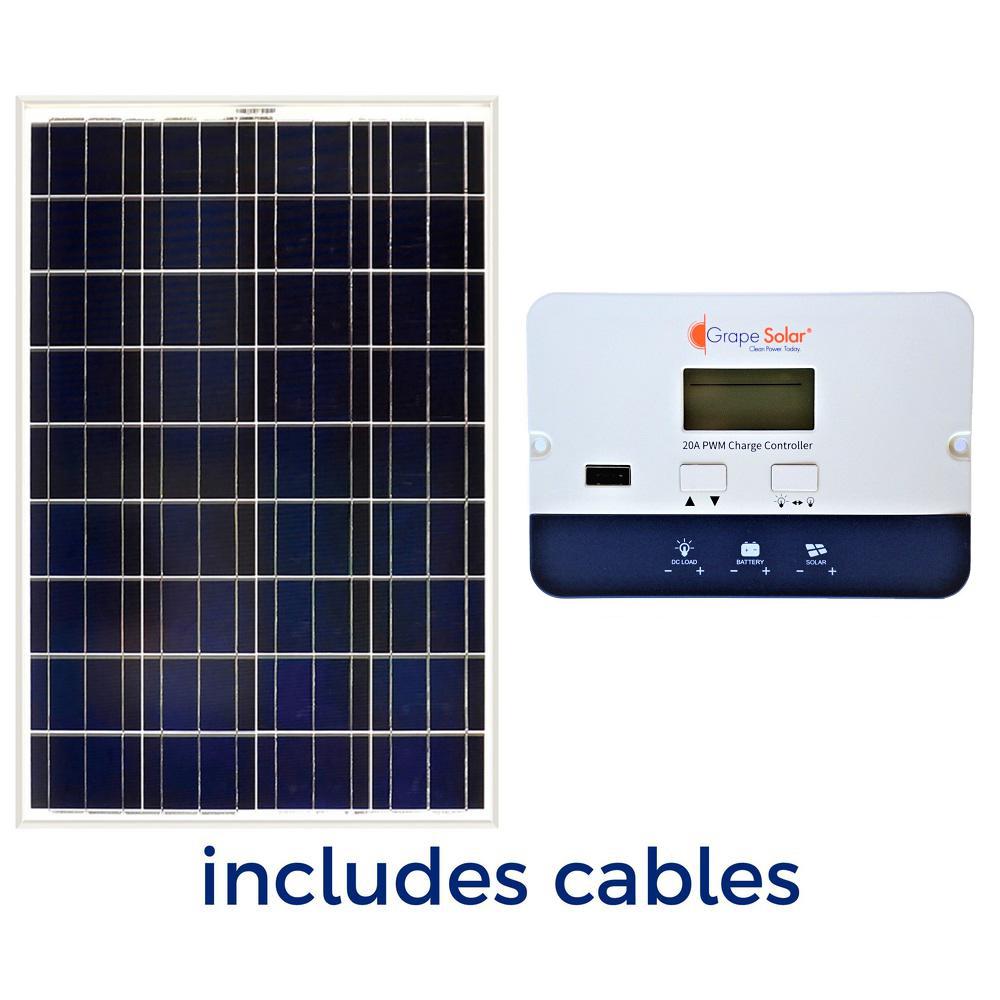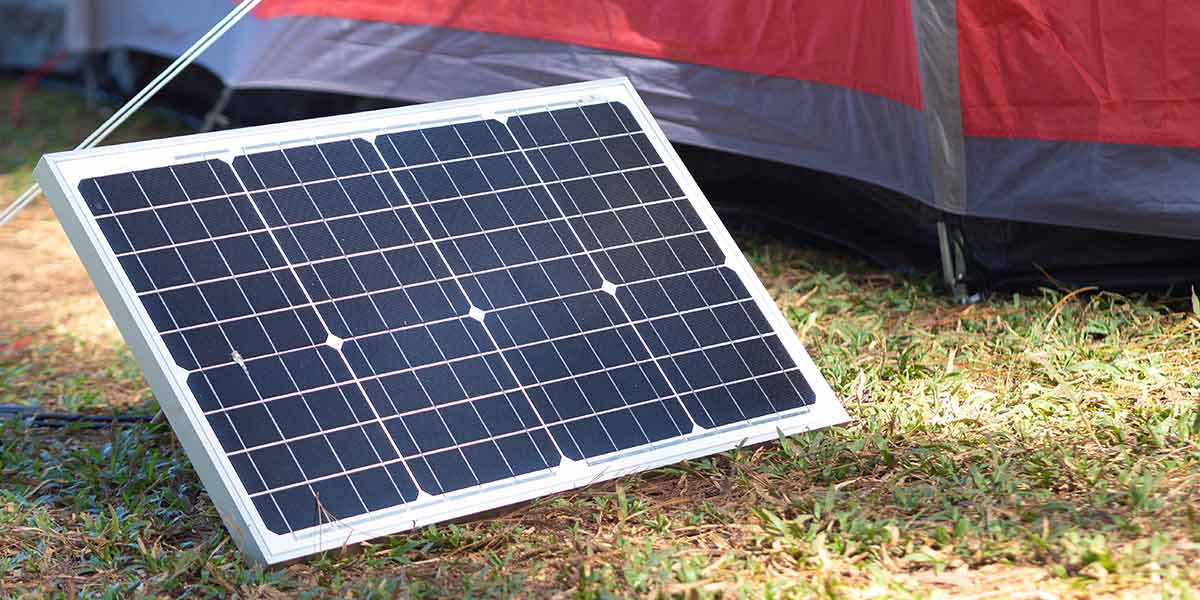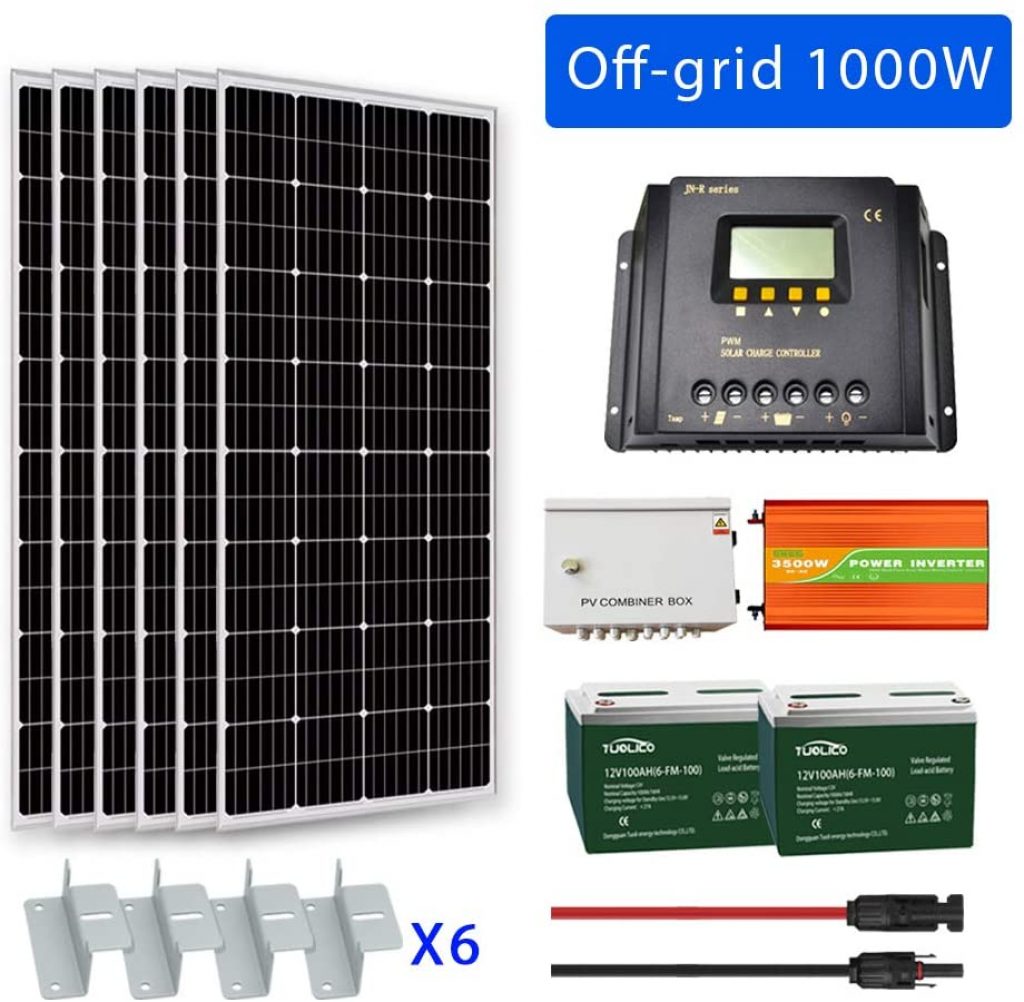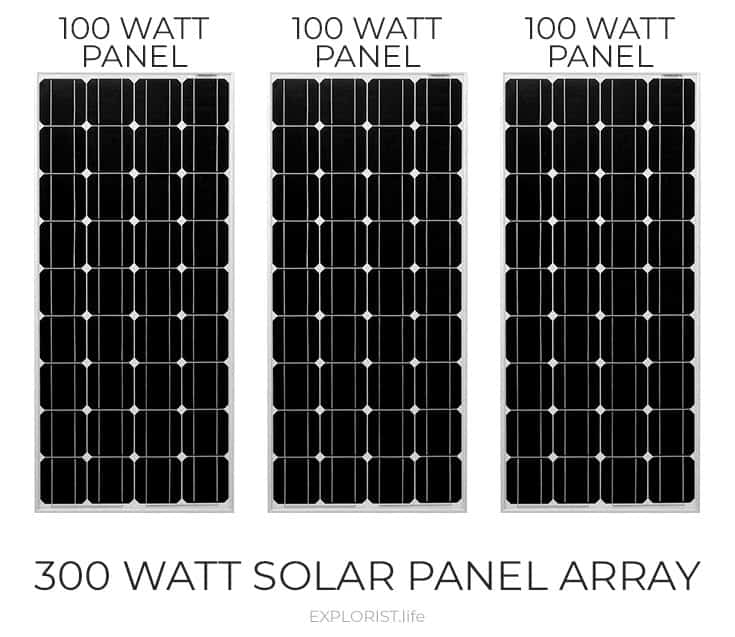For example if a 300 watt 0 3kw solar panel in full sunshine actively generates power for one hour it will have generated 300 watt hours 0 3kwh of electricity.
How many amp hours does a 100 watt solar panel produce.
So a current of 1 amp flowing for 1 hour will produce 1 amp hour of charge.
And it does to a certain extent but on the page we re going to give you a rough estimate and guide to what a 100 watts of solar power will provide you.
5 hours x 290 watts an example wattage of a premium solar panel 1 450 watts hours or roughly 1 5 kilowatt hours kwh.
And that 100 watt solar panel at peak efficiency would produce 8 33 amp hours of charge in one hour.
When researching just what a 100 watt panel will get you the general answer seems to be it depends.
Since watts equals volts times amps 18 volts x 5 55 amps 100 watts.
When a 12v solar panel is rated at 100w that is an instantaneous rating if all of the test conditions are met when you measure the output the voltage will be about 18 volts and the current will be 5 55 amps.
It s important to get this down because with rv solar what we re really talking about is using it to charge the rv batteries.
You can get the amount of energy it will provide the battery by multiplying 10 watts by 6 hours which will give you 60 wh.
Battery capacity is specified either in kilowatt hours or amp hours.
How much energy does a solar panel produce.
For example if the solar panel is rated at 175 watts and the maximum power voltage vmp is given as 23 6 volts then calculate the current as 175 watts divided by 23 6 volts which is equal to 7.
This means that on that scenario the solar panel delivered 60 watts of power to charge the battery.
What this all means is that a 100 watt solar panel will produce different amounts of total power measured in watt hours or kilowatt hours depending on where you use it.
So if you have a solar panel that with a 10 watts power rating and it is exposed to sunlight for at least 6 hours.
For example 24 kwh 500 amp hours at 48 volts 500 ah x 48v 24 kwh it s usually a good idea to round up to help cover inverter inefficiencies voltage drop and other losses.
Thus the output for each solar panel in your array would.
For the sake of example if you are getting 5 hours of direct sunlight per day in a sunny state like california you can calculate your solar panel output this way.




























